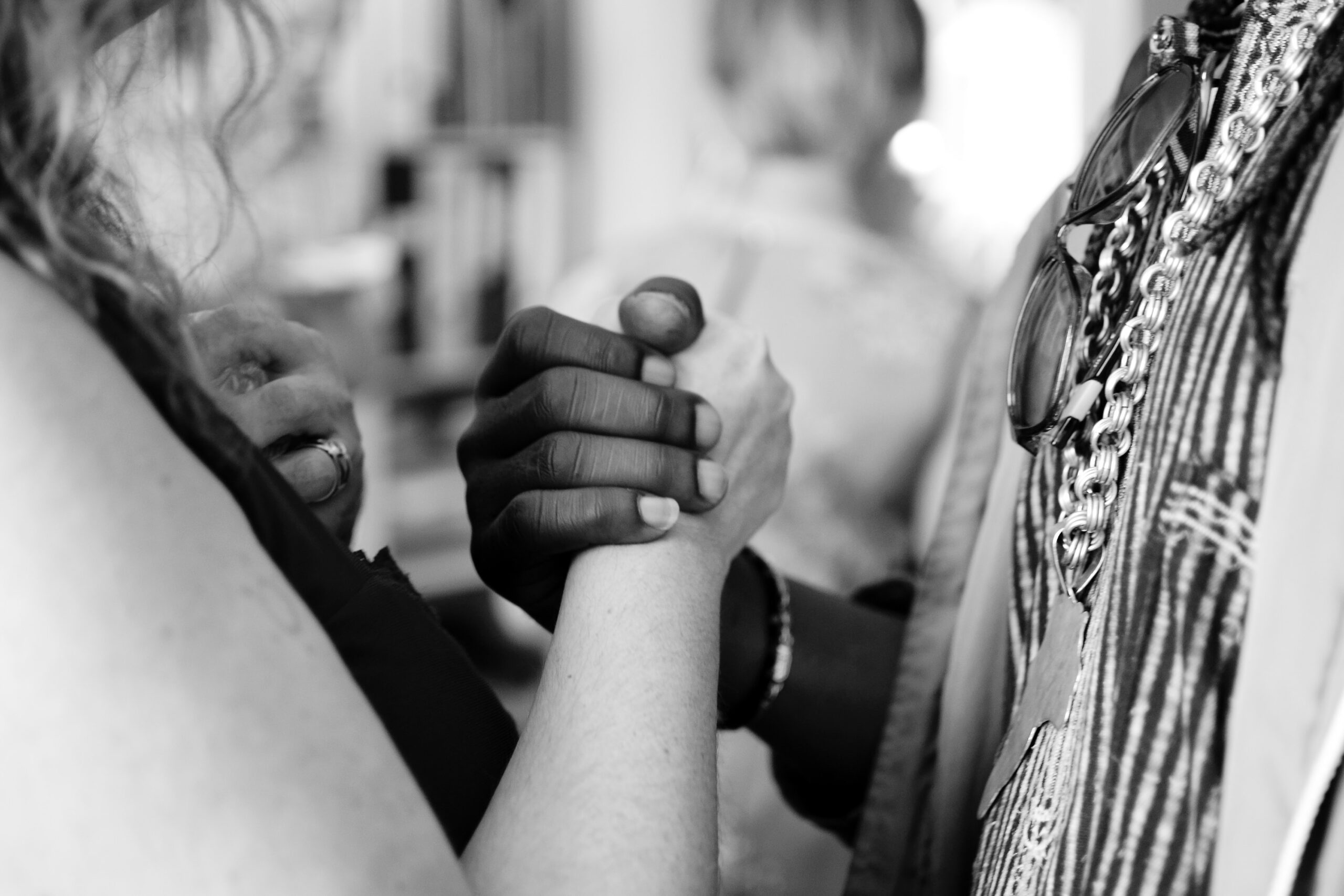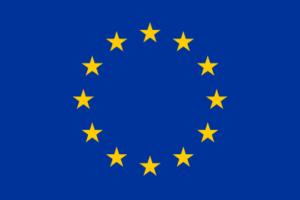By Amalia Verzola
Citizen science can be interpreted as a way to democratize science by involving diverse people in the different stages of the investigative process. Hence, it represents an opportunity to rethink how inclusiveness is taken into account in knowledge production. Who participates in science? What does “participation in science” mean? What kind of knowledge counts as science? Who decides which questions should be investigated? When we talk about citizen science, is the word “citizen” already exclusionary to people who do not have citizenship status in a given nation? Through the introduction of traditionally underrepresented and diverse groups in co-design and implementation of citizen science projects, new perspectives can be developed. Whereas people from the more diverse backgrounds should engage in participatory research activities, many groups are still viewed largely as recipients of targeted outreach activities. Marginalized groups and underserved communities, instead, can be participants, stakeholders, or even equal partners.
In the field, there has been an observable shift from the focus on participation per se to the significance of inclusive participation. In 2018, the European Citizen Science Association (ECSA) has established a working group tackling the issues of empowerment, inclusiveness and equity in citizen science. As citizen science movements grow, we can in fact observe that some segments of the population are more inclined to take part than others, and this is due to their level of education, their geographic location, and the network or social environment they belong to. Specific actions and efforts are needed to increase the diversity of participants in citizen science projects. And when it comes to diversity, multiple variables are at stake, such as gender, age, ethnicity, socio-economic condition, location, migrant status, and educational level. This is why, since the very beginning of the STEP CHANGE project, CSIs have been encouraged to understand the social realities of the areas they are located in. In citizen science, in fact, real inclusion is more likely to occur if issues are framed around participants’ values, focusing on local and tangible concerns. More concretely, in order to increase diversity, we have included amongst our guiding principles:
- Measures fostering the inclusion of both men and women to overcome the traditional lack of access of women to the scientific community.
- A non-binary option for people who might not identify themselves as the traditional men/women category.
- Strategies to engage with low-income families and migrant status people which are traditionally underrepresented in science.
- Measures to be aware of local and indigenous cultural approval, if necessary.
Research agendas should switch to the margins, to take into account the needs of underserved communities, with the ultimate goal of generating impact that addresses their issues. STEP CHANGE will lead to innovations that meet the needs of disadvantaged population groups. Three out of five CSIs will in fact target disadvantaged people and communities. Firstly, NIHR will address obese people; secondly, UNITOV will work with old and immunocompromised individuals; and thirdly, ARUWE will develop its project in poor and rural communities who do not have access to power grid, in Uganda. Furthermore, in all of the five CSIs, diverse groups of citizens and stakeholders will be mobilized as well as recruited. This will not only increase relevance to a diverse set of social groups, including disadvantaged ones, but also provide the opportunity to integrate their needs, potential and priorities in an inclusive and intersectional perspective. The CSIs will result in novel means of social inclusion by engaging in their research a variety of stakeholders and citizens of different ages, genders, income, nationalities.
In order to ensure inclusiveness and diversity along their journeys and since the very first steps, CSIs have been encouraged to also consider the aspects listed below:
- Get information on who stakeholders are and how they would like to communicate and engage.
- Ensure that information is accessible in different formats (e.g., audio, video, text, online, offline, in-person, different languages).
- Plan communication measures to help reach culturally diverse groups.
- Consider training on the use of technologies and mobile applications to prevent knowledge gaps and achieve diverse participation.
- Plan activities and communicate in a way to maximize the opportunities of engaging with vulnerable people or people with disabilities.
- Check that language used is not difficult to understand by non-experts and avoid coercive expressions.
- Make sure that content is made available in a gender-neutral way within all documents.
- Choose gender inclusive branding colours and design, and avoid visual representations skewed towards only one gender.
When it comes to citizen science, one of the main challenges is to involve and engage with different literacy groups for a continuous period of time. And in this context, responsible and inclusive communication is key.
Part of the content of this article has been drafted building on the material provided by Science for Change in the framework of the scoping process they have conducted within the project.

